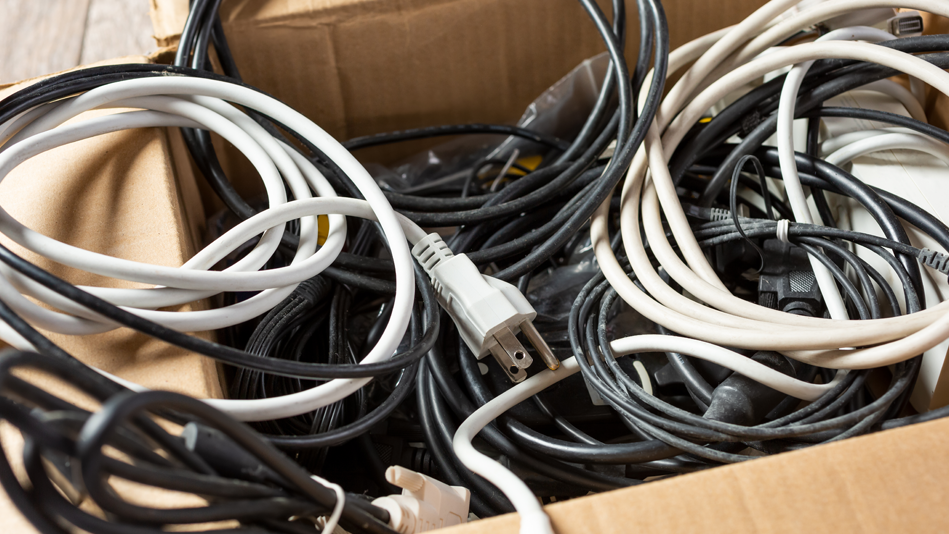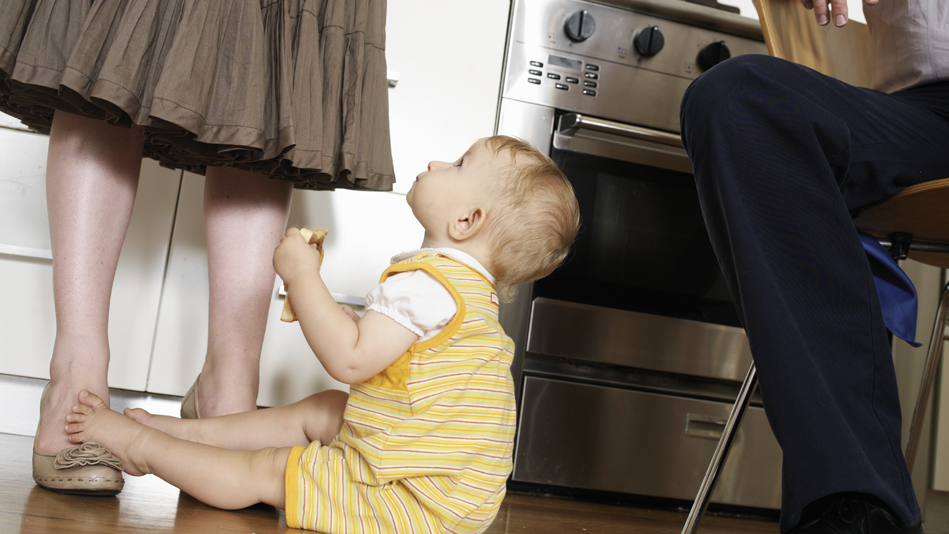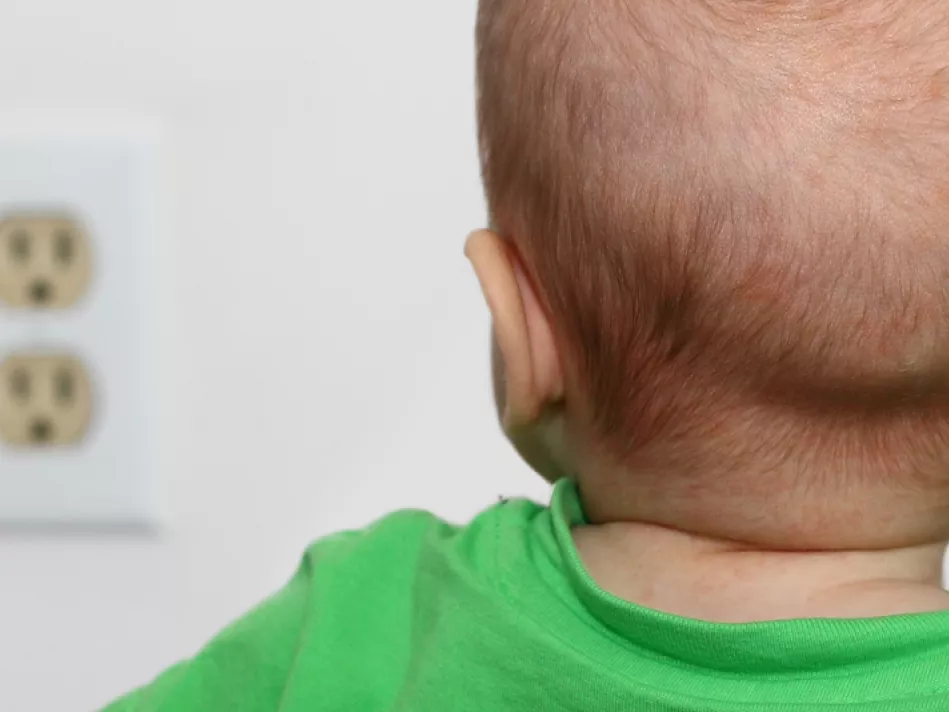Congratulations – you’re expecting! Bringing home a new baby is a precious time, but before you know it, these tiny humans start to grow and get into everything! Though you may already be searching for names and nursery items, it’s time to pause for another important item on your to-do list: Babyproofing your home.
Preparing for the arrival of your little one may feel like a heavy lift, but this checklist makes it easy. Use this guide to get all your rooms ready for your tiny human.
What to keep track of as you go
As you discover which updates your home will need, keep a running list of the following:
- How many locks, latches, and safety covers you’ll need
- Home repairs that need to be made
- Which furniture needs to be modified, moved, or replaced
- Which babyproofing concerns are top priority
- The total cost of babyproofing your home (set a budget before you begin!)
You may end up having to try different sizes and solutions throughout your home, so give yourself a few weeks to get all the child safety tools you need. If you end up needing safety gear in a pinch, you can do some DIY babyproofing by tightly wrapping rubber bands around cabinet pulls and cutting pool noodles to fit around sharp-edged furniture.
Prep your plumbing
Babies can see pipes, faucets, and sinks as intriguing places to play. Examine your home’s plumbing features to reduce the risk of any harm that can be caused by curious little hands.
Check for any leaky or clogged pipes
Dripping water could make contact with your home’s electrical devices, which poses a risk for damage and electrical shock. Make a note of any signs of leakage, backup, or improper drainage, and call a professional.
Lock and latch it
Stock up on toilet and cabinet locks for the bathroom to prevent your little one from playing in the toilet or with the chemicals under the sink. If you have any stepstools for other small humans or pets, keep them out of reach to make it more difficult for your little angel to get into things.
Add an anti-scald device to each faucet
Installing an anti-scald device to your faucets and showers is a fairly easy way to prevent your infant from burning their hands on scalding hot water. It works by diluting warm water with cold water, so the temperature doesn’t get too hot.
Add drain covers
Small children are also notorious for seeing what happens when objects go down the drain. Guard your home’s drains (even when you’re not looking) with drain covers, which come in an array of materials, shapes, and sizes to prevent small toys and jewelry from dropping down the drain.
Save the day with smart plumbing
Smart plumbing features make it easier to keep splashing around at bath time under control. Whether you incorporate a smart faucet, showerhead, or toilet into your home’s plumbing system, you’ll increase your ability to limit water flow, which can save you from any accidental flooding caused by your little adventurer.
Pro Tip: Put your baby wipes in the trash – even if they’re marked as flushable – to avoid clogging your system and having to call a plumber.

Evaluate your electrical system
Electrical safety involves more than covering your outlets – how you store your cords matters as well. Take the following steps to make sure your cords are in the right condition and location.
- Make all necessary electrical repairs
- Remove and replace all exposed, loose, or frayed wires
- Detangle and organize your cords
- Tuck your neatly bundled cords into babyproofed cabinets or other hard-to-reach places
- Add socket covers throughout your home
- Hide all power strips and/or move them out of baby’s crawl path
- Reroute cords that run near water sources or under rugs to reduce the risk of fire
Assess your appliances
Infants are curious about – well, everything. This is great for toys, but it can pose a serious risk when appliances are involved. Make sure your appliances are safe for your little one by checking for the following:
- All appliances are appropriately and safely connected to a power source
- Any gaps where small fingers can get stuck are properly filled or blocked off
- All appliances have safeguards to prevent tipping, being taken apart, or accidentally being turned on
Kitchen appliance safety
Your kitchen is one of the focal points of your home. Walk through it and take these steps to make sure yours is safe for an infant on the move.
- Keep cords out of baby’s reach by getting your kitchen appliances organized
- Clear out your oven drawer or replace its contents with baby-friendly items (toys, oven mitts, etc.)
- Fold kitchen towels over twice to make them difficult to pull down (and open the oven/cupboard door with it)
- Make sure your baby is distracted when unloading the dishwasher, and keep it closed after use
- Move items left out to the back of the counter to avoid any potential injuries

Check in with your heating and cooling systems
What’s cooler than cool? Being cool and safe, of course! Do both with the tips below.
- Fence in your A/C unit and other external equipment to protect your infant during playtime in the yard
- Hide HVAC remotes or use hook and loop fastener to keep them within your reach, but out of theirs
- Change your metal registers to plastic, and install covers to prevent small objects from getting lost/stuck
- Form a heat-safe blockade around anything your small child could easily get into or touch
- Add fireplace baby gates to give them space to safely roam
Pro Tip: Now is also a great time to make sure your HVAC system is up clean and clear for baby’s little lungs.
- Examine your HVAC system to make sure your home’s air is clean and free of carbon monoxide
- Reduce the risk of your child having allergies or dry skin by cleaning your furnace humidifier
- Maintain your home's air conditioning system, especially if there’s an air conditioner unit in the nursery
Make your nursery a safe space
Your baby will spend most of their early days in the nursery. Take a moment and make sure this room is soft, safe, and secure for all their sleep, exploration, and play.
- Keep the crib sparse – remove stuffed animals, pillows, and other items to avoid choking and suffocation
- Lay an area rug under or near the crib and changing table in case of a fall
- Use stain-resistant fabric here and all around your home to spend less time cleaning up after baby
Bonus: General home safety tips
Your home is your child’s first playground. Use these tips so they can explore safely.
Freshen up your safety smarts with these fire prevention tips
- Visit and revise your family’s fire safety plan so you can quickly and safely get out with a baby in tow.
- Check your paint for flaking and bubbling, especially near sources of heat
- Walk through your home and check your smoke alarms for placement and functionality.
Take steps for home termite prevention
Termites are a problem no one wants to deal with – especially with a new baby. Use this guide to keep termites at bay.
Keep your roof covered so it can cover you
Now that the inside of your home is taken care of, make sure you’ve covered what covers you. Set aside money regularly for routine and emergency roof repair and freshen up your maintenance techniques for after the leaves fall and when the snow hits.
After taking these steps, your home is now safer and ready for your little bundle of joy.

